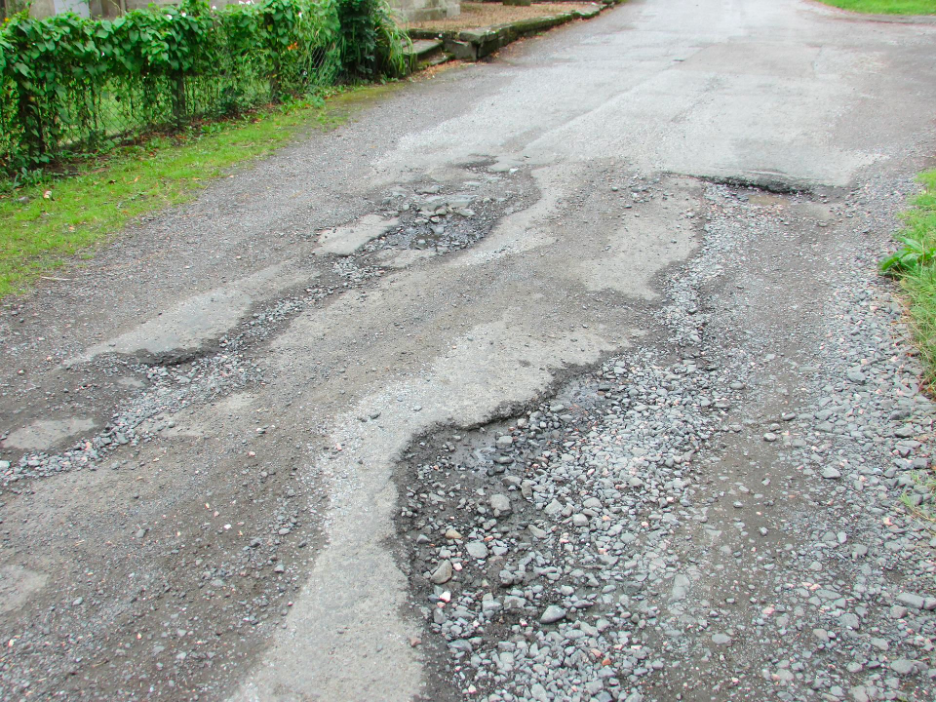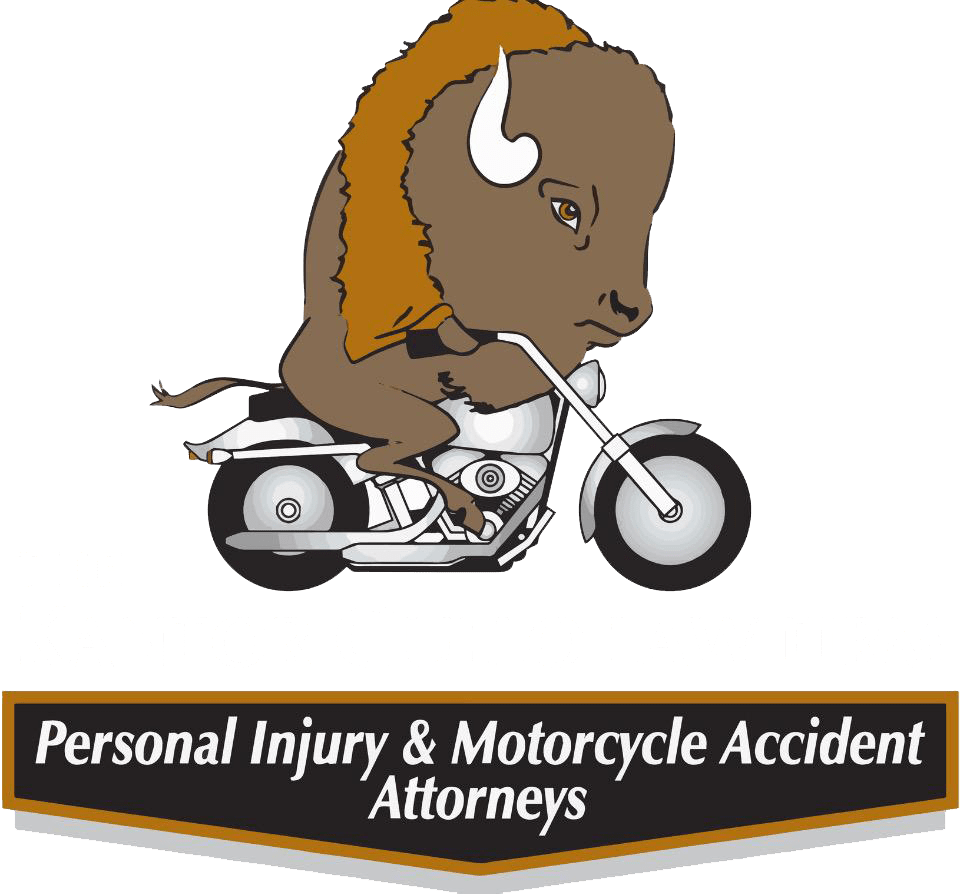By: Christina Gulllo
I am going to ask you to picture a scenario that is unfortunately happening all too often.
It’s a beautiful day, so you decide to take your bike out for a cruise, with no particular destination in mind. As you’re out riding, you find yourself in areas you’ve never been before – which is one of the best parts of riding. But, despite all your safety precautions and your attention to the roadway and your surroundings, you encounter a road defect, pothole, or washed away road condition that causes you to lose control of your motorcycle and crash. The question becomes, can you recover for your injuries and damages against the town, city, state, or county that owns and maintains the roadway that caused your crash? The answer to this question often hinges on one issue: did the municipality have prior written notice of the dangerous condition that caused the crash.
Most (if not all) municipalities in the State of New York have enacted what are known as “Prior Written Notice” laws, or “Pothole” laws. These laws make it so that a town, city, county or state cannot be held liable for injuries caused by a dangerous conditions located on a “street, highway, bridge, culvert, sidewalk or crosswalk” unless the municipality has been notified in writing of the dangerous condition prior to the crash. Prior Written Notice laws, or Pothole laws, ensure that a municipality will not be liable to an injured person through a lawsuit unless the entity was previously informed, in writing, that a dangerous condition existed, and given the opportunity to fix the dangerous condition. There are very limited exceptions to these laws. While Prior Written Notice laws were enacted to limit governmental liability and frivolous lawsuits, they come at the expense of seriously injured riders who are left with no ability to bring a lawsuit, or recover for their injuries or property damages.

Examples of dangerous conditions worth reporting include (but are not limited to): potholes, road debris, washed away road conditions, cracks or caves in the roadway, missing or inadequate signage (including warning signs and/or speed signs), uneven pavement, roads with unclear/deteriorated lines or markings, sloping shoulders, lack of lighting, poorly designed roads, and overgrown shrubs and trees that impact proper vision.
So, what can we do as a riding community, and the general public, to make sure that a municipality does not get off the hook for allowing dangerous conditions to exist on their roadways? If you find yourself out riding, and you encounter any of the above dangerous conditions, it is not only important to report said condition, but to do in writing. Contact the local government authorities responsible for maintaining the roadway by mail or e-mail, and include detailed descriptions and pictures of the dangerous condition that exist, and demand these conditions be remedied. Doing so could ensure that a fellow rider is not without recourse should he/she not be as lucky as you were when traveling through the area. And although you may not receive confirmation that your notice made a difference, when your fellow-rider’s case gets put into suit, we will have ammunition to hold the municipality liable.
If you or a fellow biker goes down, contact the Kantor Law Firm to assist with these intricate, and otherwise fatal pitfalls. Stay safe, and stay informed.







